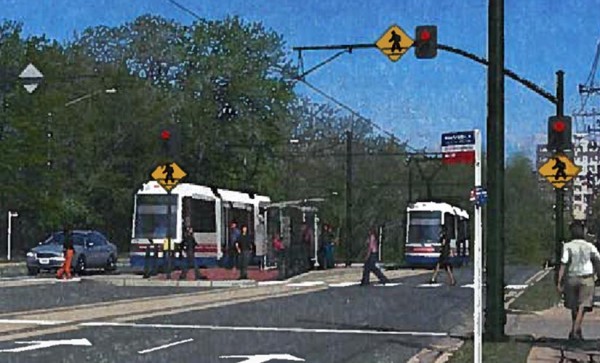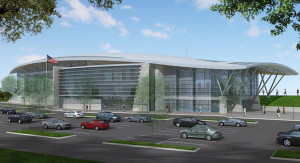The following letter to the editor was submitted by former Arlington County Housing Director Ken Aughenbaugh.
I recently returned to private consulting after thirty years with Arlington County Government’s various housing programs. From 2003-2013, I served as Housing Division Chief/County Housing Director – charged with leading and managing housing policy, program and project initiatives under direction of the County Board and County Manager. I had previously served with District of Columbia non-profits, and as a training and course development consultant under contract with the U.S. Department of Housing and Urban Development (HUD). During my 35-year career in affordable housing, I have worked with dozens of jurisdictions across the US on housing-related initiatives, ranging from energy conservation to homelessness and transit-oriented development. It is from this perspective, I now feel compelled to share my views on Arlington’s planned streetcar lines and, especially, why it is of critical importance to preserving thousands of affordable homes along Columbia Pike.
Thirty years ago when I moved across the river from DC, Arlington was still a relatively sleepy, primarily residential “bedroom” community. The commercial base consisted of high-rise office buildings in Rosslyn and Crystal City. The retail zones in the Rosslyn-Ballston (RB) corridor were declining. Housing was relatively cheap, and owners were happy to work with the County to rehab and commit a unit at affordable rents for five years in exchange for a $5,000 matching grant. Owners could make a profit, the County was able to use only its federal Community Development Block Grant Funds – no local tax funds were needed.
As Metrorail took hold along with the County’s effort to revitalize the RB corridor, the goal of a 50/50 mix of commercial to residential tax revenue was achieved. This helped Arlington to achieve the lowest real estate tax rate in the region, and maintain its “triple-triple A” bond rating. The unintended consequence of this success, however, was – and is – the intense pressure on housing affordability. As the job base grew, and our great location lured more businesses and residents – real estate values and rents grew exponentially. Our County programs could no longer attract owners to partner on affordable housing. Owners could do better by charging market rents without government “strings.”
In 1988, the County Board adopted several game-changing initiatives, including bonus density if developers included affordable housing in residential “Site Plan” projects, and cash contributions from commercial projects. The County also created the Housing Fund Contingent, now known as the Affordable Housing Investment Fund (AHIF) program using local tax revenue to assist non-profit and willing for-profit developers with low interest loans to help write-down the costs of affordable housing projects. To date, these efforts have created over 6,600 units of affordable housing or roughly 15% of the County’s total rental housing stock.




